JA Solar has introduced DesertBlue, a PV module series designed for large ground-mounted projects in desert, Gobi, and arid regions.
The launch in Beijing brought together engineering institutes and developers, including Inner Mongolia Electric Power Survey & Design Institute and ACWA Power, along with certification bodies TÜV Rheinland, TÜV SÜD, and CCIC.
JA Solar said DesertBlue addresses four key operating risks in sandy environments: fine-particle soiling that reduces transmittance, coarse-grain abrasion that accelerates film aging, high wind loads that stress module structures, and extreme ambient temperatures that lower output and speed material degradation.
The modules target up to 650 W nameplate power output with a peak conversion efficiency of 24%.
JA Solar highlights four performance pillars. First, a nano-scale self-cleaning coating with dense microstructures and antistatic properties reduces dust adhesion, letting wind assist cleaning; light-transmittance loss is more than 32% lower than conventional module glass.
Second, durability and wear resistance are increased, with at least a 32% uplift in reliability metrics, a service-life extension of three to five years, and strengthened film hardness cutting power loss by 14% under heavy sand exposure.
Third, mechanical resilience is enhanced via structural reinforcement and a high-strength steel frame, delivering 6,000 Pa front-side and 4,000 Pa back-side load ratings—over 60% higher than standard designs—while the conductive frame reduces grounding material requirements and associated emissions.
Fourth, high-temperature performance is improved: a temperature coefficient of –0.28%/°C combined with tunnel-oxide passivated contact (TOPCon) cells’ higher open-circuit voltage is expected to lift energy yield by 0.5–0.6% at 50°C ambient and 75–85°C module operating temperatures. In dusty conditions, module operating temperature is claimed to fall by about 5°C, equivalent to about 1.5% additional yield.
JA Solar quantified user economics. In construction, the steel frame and grounding scheme can reduce upfront costs by $0.0004/W, with lower cleaning-robot capital needs of $0.006/W in China and $0.004/W in the Middle East (note: all $ figures in USD). In operations, a 100 MW desert plant using manual dry-brush cleaning could halve cleaning frequency, saving $34,000 per year and $0.84 million over 25 years; robot-cleaning Opex over 25 years could be reduced by $0.98 million in northwest China and $0.76 million in the Middle East. Energy yield was reported 4.49% higher than conventional modules at the Mengneng Ulan Buh project.
DesertBlue modules earned TÜV Rheinland’s first “desert module” certification, withstanding extreme UV, thermal, sand, abrasion, and cleaning tests. TÜV SÜD confirmed durability through 11,000 robot-cleaning cycles and harsh dust exposure, showing minimal (<1%) power loss and no structural damage.
Industry stakeholders said China’s “15th Five-Year Plan” desert base rollout and sand-terrain projects in the Middle East and Africa raise performance requirements as frequent cleaning and ARC-coating wear increase operating costs. JA Solar positioned DesertBlue as a desert-specific solution combining design and certification for these markets.
This content is protected by copyright and may not be reused. If you want to cooperate with us and would like to reuse some of our content, please contact: editors@pv-magazine.com.
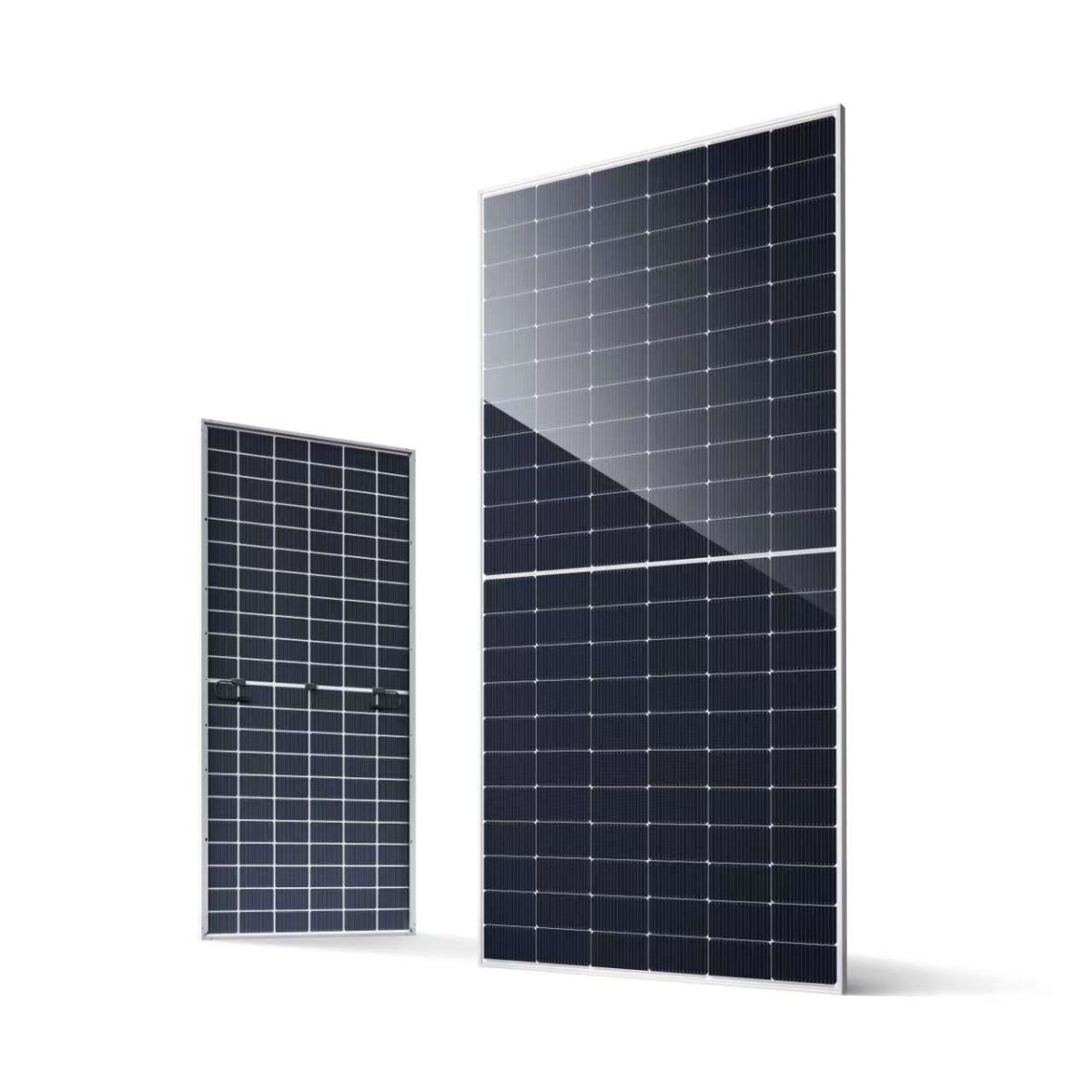
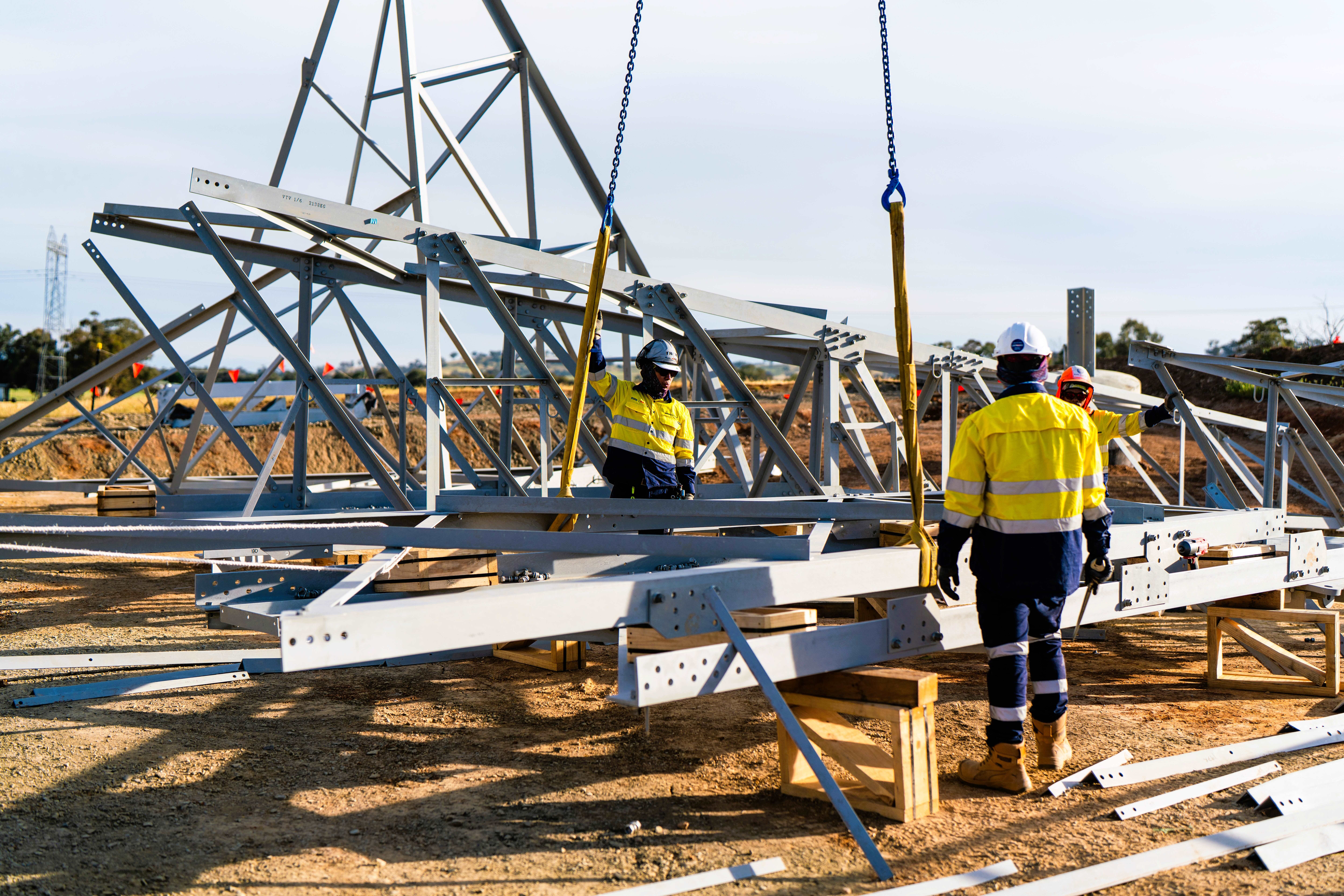


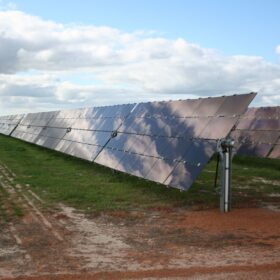
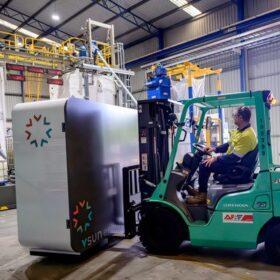
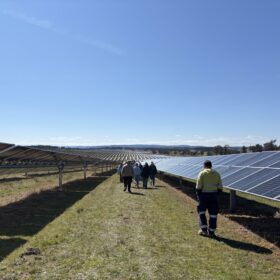
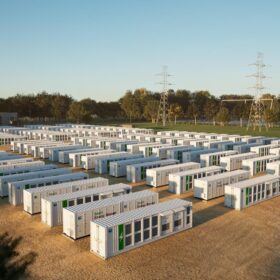
By submitting this form you agree to pv magazine using your data for the purposes of publishing your comment.
Your personal data will only be disclosed or otherwise transmitted to third parties for the purposes of spam filtering or if this is necessary for technical maintenance of the website. Any other transfer to third parties will not take place unless this is justified on the basis of applicable data protection regulations or if pv magazine is legally obliged to do so.
You may revoke this consent at any time with effect for the future, in which case your personal data will be deleted immediately. Otherwise, your data will be deleted if pv magazine has processed your request or the purpose of data storage is fulfilled.
Further information on data privacy can be found in our Data Protection Policy.